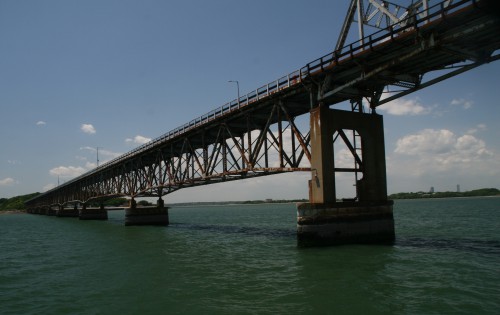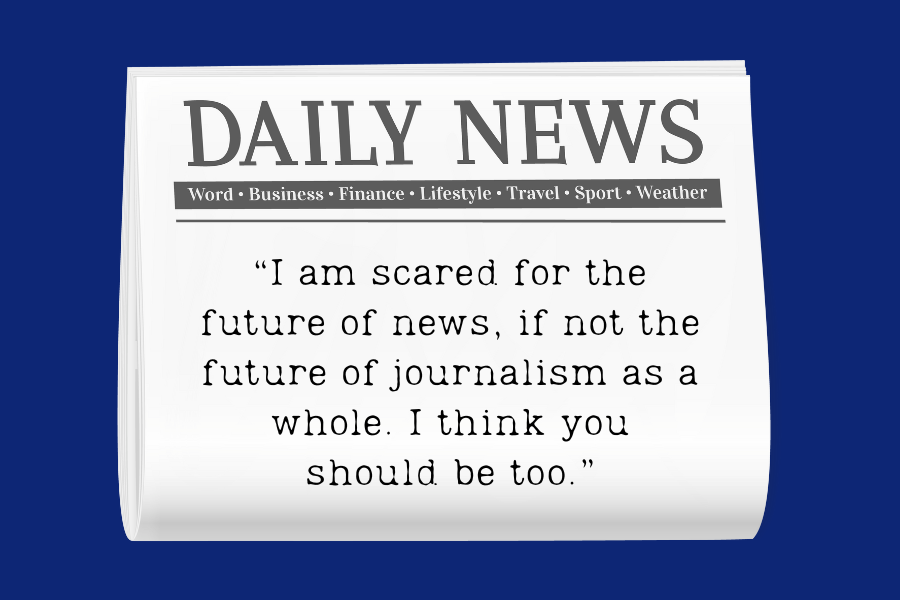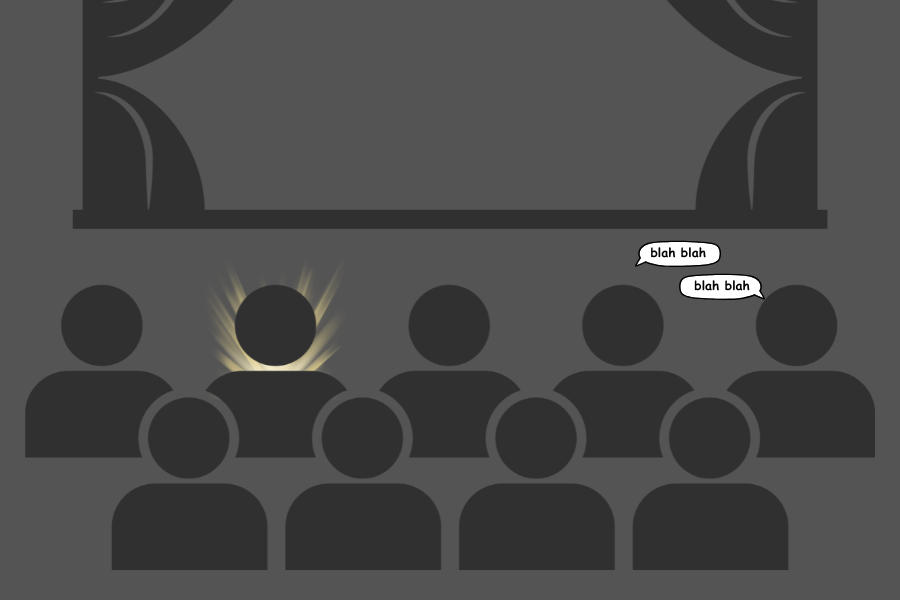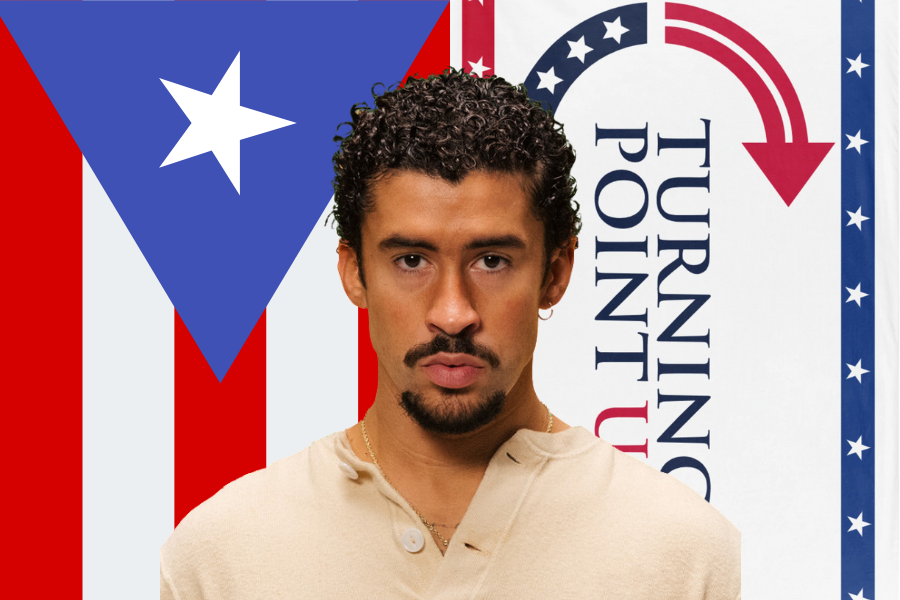by Alexa Gagosz
Mayor Martin J. Walsh is closing the Long Island Bridge, which also means the closing of countless social services for hundreds of disadvantaged individuals at the Massachusetts Drug Treatment Center.
At 4:30 p.m. on a recent Wednesday, five nurses and six aides realized that they and their patients, known to be the “most vulnerable people in the city,” according to The Boston Globe, would have their entire world turned upside down.
They were told they must drive off of Long Island, and they were not allowed to drive back on. According to the Globe, the bridge that links Long Island to Moon Island and the mainland was suddenly deemed unsafe.
According to a statement from Mayor Walsh’s office, the bridge, which is located in the Boston Harbor, is being closed as a precaution following concerns about the structural stability.

In Massachusetts, 43 percent of bridges are considered functionally
obsolete, according to the American Society of Civil Engineers.
In a state of confusion, the nurses and aids realized that they currently had 60 patients in detox. Who was going to take care of these patients and relieve them if they could not?
Here’s the thing: no one will be taking care of them or relieving them. These patients were let out to spend each day battling with themselves, trying to stay away from the needle.
According to reports by the Globe, 220 to 250 homeless individuals staying on Long Island were transported to South End Fitness Center and the Carter Auditorium with the help of the city of Boston. The other guests and staff members were evacuated with the help of the MBTA.
If the city had met with the Massachusetts Department of Transportation, maybe even a year or two ago instead of next Thursday, maybe they could have deciphered a plan for the future of the bridge, whether it was construction or renovations. Instead, the city decided that it was a better idea to push off the idea of the old bridge’s renovations until it was randomly determined to be unsafe to the public.
Merri Cunniff, one of the nurses who were informed of the bridge’s closure on Wednesday spoke to the Globe, as she witnessed patients refusing treatment, instead just stepping out into the night with the thought of a cheap bag waiting on the streets to head into relapse.
“This didn’t have to happen this way,” Cunniff said to the Globe. “These are the most vulnerable people in our society and they were just put out, like trash. It’s wrong; it’s so wrong.”
It is wrong, these people who were placed in a shelter to be cared for by the social services of the city of Boston are now being thrown out onto the streets because it took MassDOT up until now to talk about a bridge that was going to eventually be deemed “unsafe.”
According to the Globe, the sorry state of the bridge is the worst-kept secret, especially for people who have driven on it with its creaky grate that rattles when a car passes on it, shattering the ear drums of the commuters on the ferries just below.
The question of why they were rushed off the island so suddenly is still left unanswered. The staff knew the bridge was going to be deemed unsafe at some point in February. Over the summer, the Department of Youth Services shut down the program where urban youth go to escape summertime violence and removed the children from the island. Another program that helped mostly the elderly men also left the island, according to the Globe.
“Children and the elderly were moved,” Merri Cunniff told the Globe. “The homeless and young drug addicts were left on the island.”
Why wasn’t everyone removed and all programs shut down at once? Why was it that the young drug addicts and homeless were left behind until the very end of shutting everything down?
Now, can we imagine if the island was Marina Bay, on the waterfront in Quincy where the privileged are located? Let’s think about how that “evacuation” would have gone down. If we were imagining people with pretty paychecks and boats, then the safety of the community would be thought of more and dealt with before the last minute, unlike Long Island, where apparently people with issues are not in the public’s interest.








